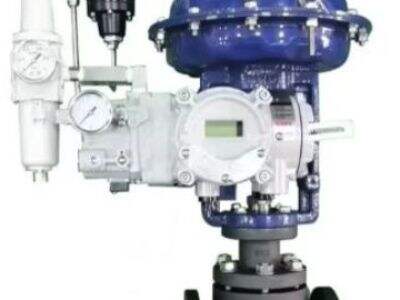They are a critical part of most rotary actuators found in equipment and machinery, offering movement and actuation capabilities. Pneumatic and hydraulic rotary actuators are the two most common types. Pneumatic Actuators utilize air (in contrast, hydraulic actuators utilize fluid, which is typically composed of oil, to convert rotary motion. This article will discuss the advantages and disadvantages of pneumatic and hydraulic rotary actuators to assist you in determining which rotary actuator might be best for you.
Overview of Pneumatic and Hydraulic Rotary Actuators
Compressed air is utilized by pneumatic rotary actuators. Hydraulic rotary actuator, however, utilize pressurized fluid. Actuators that are used in industrial plants, construction, and numerous other sites. When there is a huge emphasis on speed and ease of use, the pneumatic actuator is always chosen. Hydraulic actuators are usually chosen whenever high forces are needed and exactness is mandatory.
Rotary Actuator Performance: Pneumatic vs. Hydraulic
In comparison to hydraulic actuators, pneumatic rotary actuators are quicker and more cost-effective. They are also easier to repair and maintain. Pneumatic actuators might not be able to create as much force as hydraulic actuators, which are highly powerful and accurate. Hydraulic actuators are also heavier and can withstand more pressure and load.
News of New Technologies: The Basics of Pneumatic and Hydraulic Rotary Actuators
In these, pressure from air drives a piston within a cylinder to turn the component. Xiyena Hydraulic rotary actuators work in the same way, but using pressurized fluid rather than air. Interestingly, both types of actuators use valves for air flow or fluid regulation. This decides in what way and how fast they move. Pneumatic and hydraulic actuators may have varying designs according to their application.
How to Choose Your Actuator for Industry 4.0?
Think about what your business needs when deciding between pneumatic and hydraulic rotary actuators. If you want something that is fast and inexpensive, pneumatic actuator is the way to go. But if you require high force and accuracy precision, a hydraulic actuator could be better. Consulting with a professional to find out which one will suit you best is always a good option.
Troubleshooting Your Rotary Actuators: Tips for Maintaining or Repairing them
If you prefer your pneumatic actuator actuators to keep functioning smoothly, then you need to employ a maintenance practice that leaves them clean and suitably lubricated. Be sure to examine the actuators for any deterioration or leak and replace such wear-out components where necessary. On a precautionary basis, ensure that you also test pressure and functionality every now and again. Take time to be attentive to your rotary actuators so that your equipment continues operating satisfactorily well into the future.
 EN
EN
 AR
AR
 CS
CS
 FR
FR
 HI
HI
 KO
KO
 PL
PL
 PT
PT
 RO
RO
 RU
RU
 ES
ES
 TL
TL
 IW
IW
 ID
ID
 LT
LT
 SR
SR
 SL
SL
 UK
UK
 VI
VI
 ET
ET
 HU
HU
 TH
TH
 TR
TR
 FA
FA
 MS
MS
 UR
UR
 BN
BN
 JW
JW
 MN
MN
 NE
NE
 TA
TA
 MY
MY
 KK
KK
 UZ
UZ
 KY
KY



